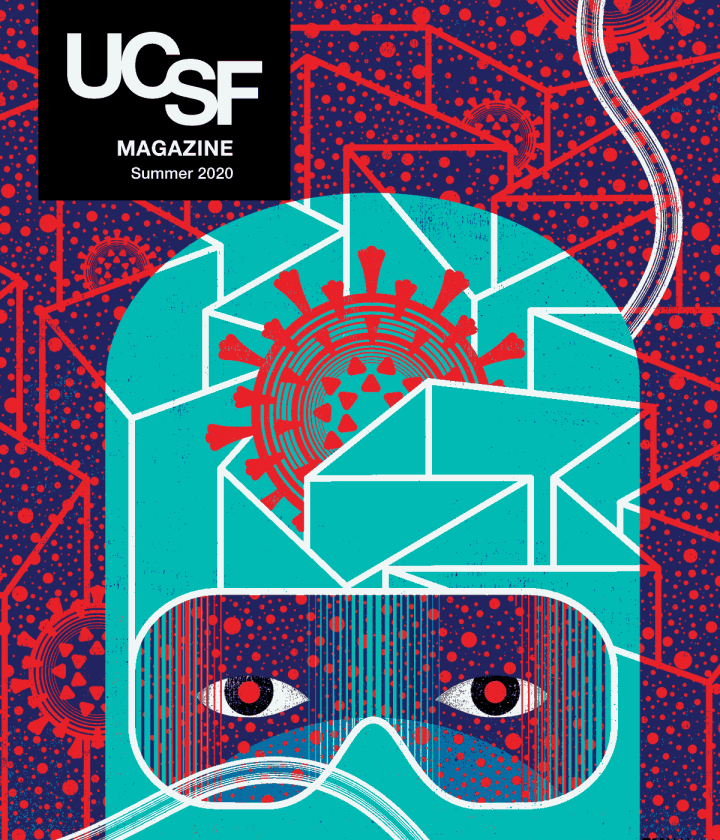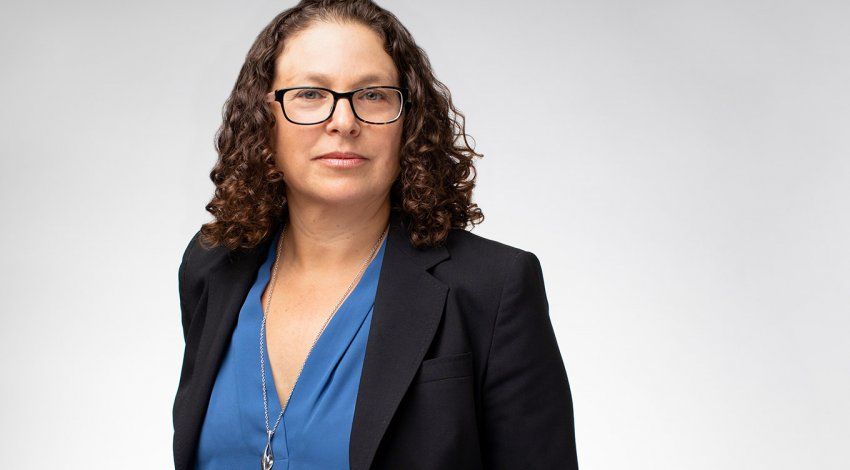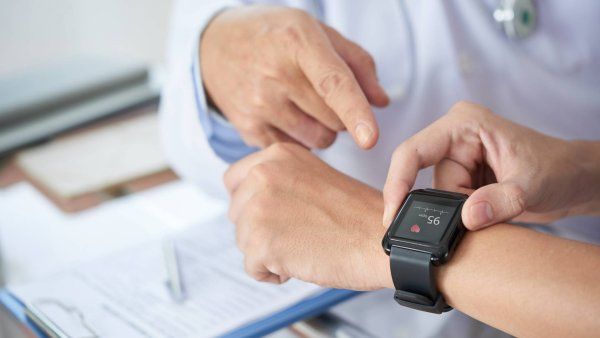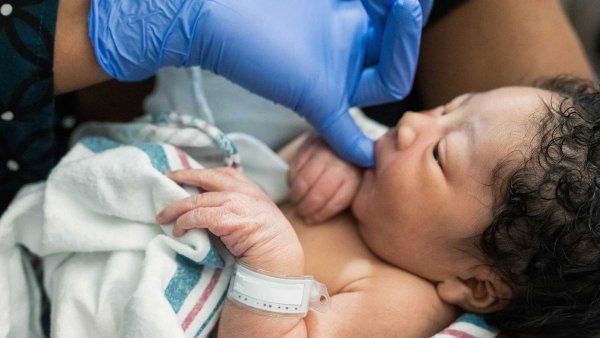When doctors at Zuckerberg San Francisco General Hospital first started to see patients with COVID-19, they noticed a curious pattern: Almost all of them were Latinx.
Some of the physicians – also UCSF researchers – wanted to see if their observations in the hospital held up beyond its walls. In April, they launched a study of COVID-19 infections in San Francisco’s Mission District. What they found in the neighborhood, which is about 58% Hispanic/Latinx, surprised them. The Mission’s infection rate was 11 times higher than the city average, and 95% of the people who tested positive were Latinx.
In the Bay Area and in cities across the nation, people of color have faced more severe illness and higher death rates from COVID-19 than white people have. Experts initially credited this trend to increased levels of underlying health problems, like obesity and diabetes, among people of color. But those problems don’t crop up out of nowhere, according to Alicia Fernandez, MD, director of UCSF’s Latinx Center of Excellence (LCOE). They’re diseases rooted in how people live – specifically, how they can afford to live.
Low-income people have long suffered from obesity and related health issues at higher rates than people who have more money and less chronic stress. Many of the COVID-19 patients Fernandez has seen are cashiers, delivery people, cooks, drivers, cleaners, or construction workers. They don’t have the option to work remotely. They live paycheck to paycheck in crowded houses, sometimes with people they don’t know well. If they get sick, there’s no spare room in which to isolate. There’s not enough money to stock up on groceries, let alone get a hotel room for a few weeks.
The very definition of privilege is when you look out the window and you think that everyone has the same view, right? That’s really not the view we have working in the Mission.”
“Their biggest concern by far is the need to continue working,” Fernandez says. “Are we crushing the curve, or is the curve crushing us? People really need to understand how desperate the economic times are.”
Some physicians in the Bay Area have spoken publicly about how few patients in their hospitals have tested positive for the coronavirus. Fernandez says those statements, which are intended to uplift and reassure, also demonstrate the level of inequality in San Francisco, which has the widest income gap in California. She’s seen plenty of COVID-19 patients – some needing intensive care – at Zuckerberg San Francisco General Hospital, because it serves all people, whether they can pay for care or not.
“The very definition of privilege is when you look out the window and you think that everyone has the same view, right?” Fernandez says. “That’s really not the view we have working in the Mission.”
Prioritizing patients without privilege
In the wake of the Mission findings, UCSF experts have launched more studies of COVID-19 in Bayview, Sunnydale, and Visitacion Valley – low-income neighborhoods that are home to many residents who are Black or Latinx or have Pacific Islander or Chinese heritage. The studies are part of a new project, the COVID-19 Community Public Health Initiative, that aims to better track and counter the spread of the virus in disproportionately affected groups.
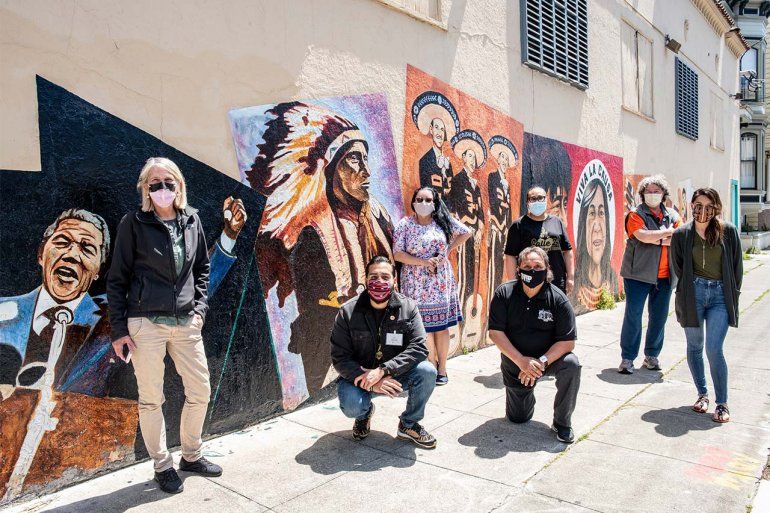
Members of San Francisco’s Latino Task Force for COVID-19 gather in the Mission District with UCSF infectious disease physician-scientist Diane Havlir (left). Working with city officials and other partners, they have provided free testing and services to help low-income residents in the Mission quarantine safely.
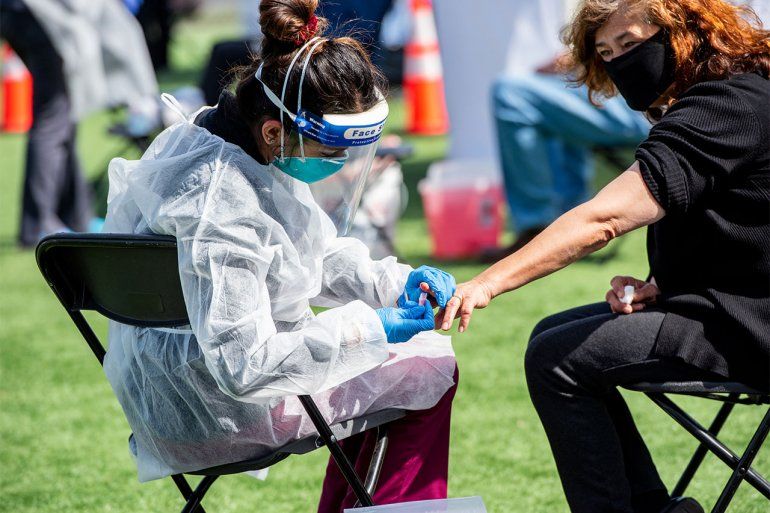
Nursing student Sabrina Patel collects a blood sample from a Mission District resident. Photos: Barbara Ries
The initiative relies on the support of community organizations, according to Kirsten Bibbins-Domingo, PhD ’94, MD ’99, MAS ’04, vice dean for population health and health equity in the UCSF School of Medicine. Residents tend to know these organizations already and have often received services from them over the years, like grocery or meal deliveries. The relationships that local staff have built can prove invaluable to researchers, who might be avoided otherwise.
“There is a legacy of mistrust because of bad actions we’ve taken as physicians and as scientists,” says Bibbins-Domingo, who is also the Lee Goldman, MD, Professor of Medicine and chair of the Department of Epidemiology and Biostatistics, “but there’s also mistrust because of government policies.”
For example, the LCOE street outreach team – which distributes masks and fields questions in Spanish about COVID-19 at food bank lines around the Mission – has had to quell unfounded rumors about U.S. Immigration and Customs Enforcement showing up at testing sites. But undocumented people have reason to fear detainment and deportation right now. Since March, U.S. officials have turned away more than 20,000 people at the Mexican border, many of whom were seeking asylum.
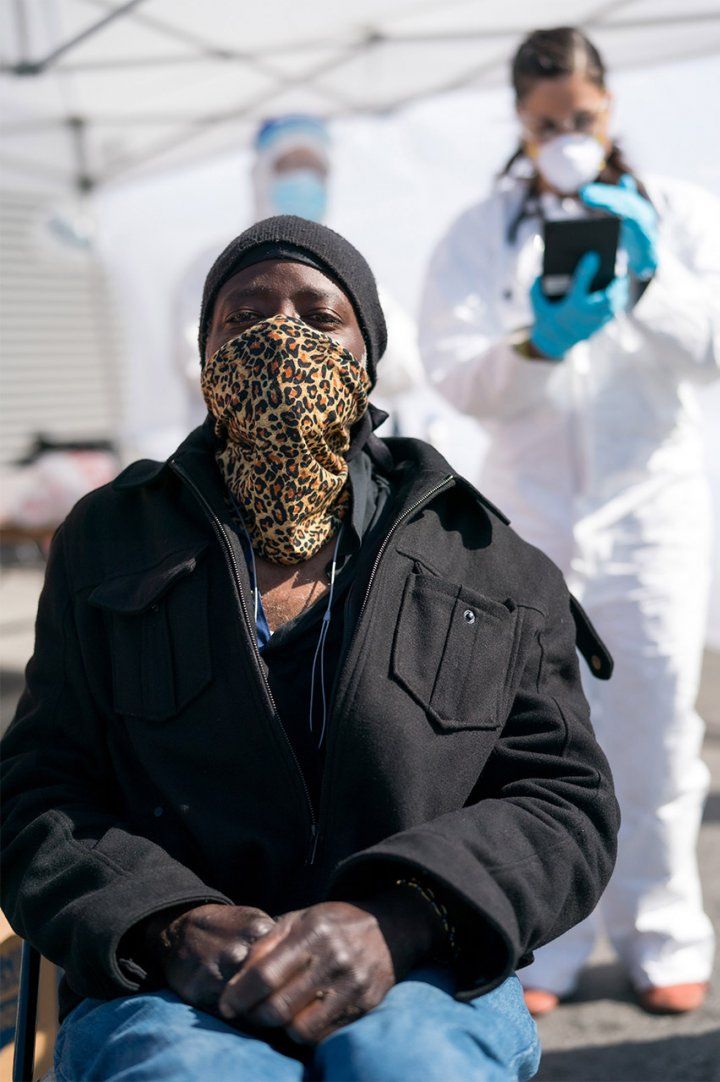
UCSF recently partnered with community groups and public health officials to bring free COVID-19 testing to San Francisco’s Bayview neighborhood. Photo: Maurice Ramirez
Mistrust also stems from a long history of researchers using wildly unethical practices in their studies of people of color. One of the better-known examples is the Tuskegee Study, a 40-year, federally funded experiment on Black men with syphilis. The participants were not informed that they had syphilis, nor were they given readily available treatment. The researchers wanted to see what would happen over time. Not surprisingly, many of the men died. Some of their wives and children suffered with untreated syphilis too.
Community organizations offer researchers an entry point into diverse, low-income areas where people are understandably wary of outside experts. They can also offer important insights into how studies should be run in the first place.
That’s one of the principles that Monica McLemore, RN, PhD ’10, MPH, an associate professor in UCSF’s Department of Family Health Care Nursing, brings to the nationwide PRIORITY study, which aims to answer urgent questions about how COVID-19 affects the health of pregnant women and infants. She co-leads the health equity component of the study, working with a national coalition called Black Mamas Matter and partnering with community organizations in COVID hot spots. They aim to recruit more Black and Indigenous women and queer people of color into the study and to create opportunities for participants to raise their own questions about how the virus might impact them or their newborn babies, so the findings can ultimately be useful to patients from many backgrounds.
Why can I put a percentage of effort in my budget to be able to design a research study, but then we can’t compensate community members for their expertise? I can get paid for mine.”
McLemore and her team have also set up a community advisory council, whose participants will be paid to advise the research team and co-analyze the findings. While some researchers worry about the ethics of paying study participants, McLemore believes payment is crucial to valuing their knowledge and their time.
“Why can I put a percentage of effort in my budget to be able to design a research study, but then we can’t compensate community members for their expertise?” she says. “I can get paid for mine. When you are extracting community wisdom, and that is the innovation of your work, then they should be compensated for that expertise.”
Community organizations also do the hard work of trying to resolve problems in their neighborhoods, whether they’re coordinating with UCSF or other partners. After the study in the Mission, for example, local groups followed up with participants who tested positive, bringing them food while they were quarantined or connecting them to government services. Some patients were able to get free hotel stays so they could protect their roommates or family members from infection.
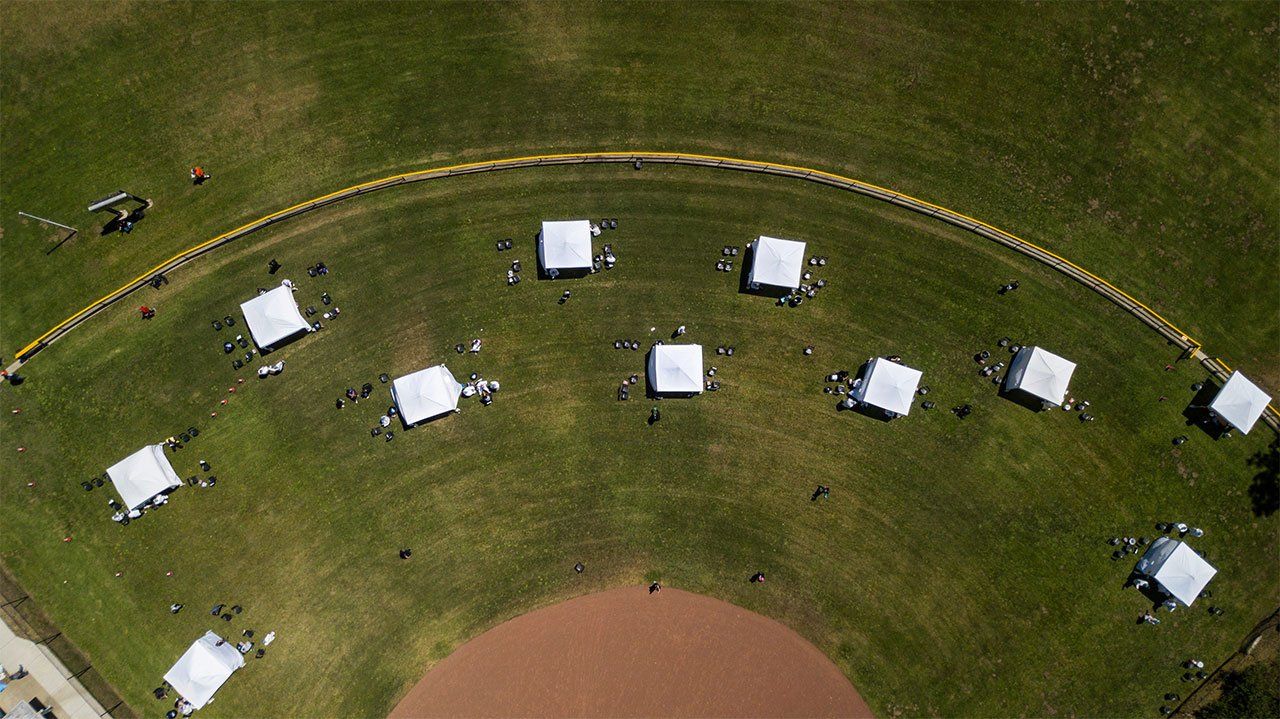
A COVID-19 testing site in San Francisco’s Sunnydale neighborhood, where UCSF is trying to better understand how to track the spread of the virus and help people with limited resources protect themselves and others from infection. Photo: Noah Berger
Bibbins-Domingo notes that UCSF’s local studies of COVID-19 also bring communities and city officials together to discuss findings, with the hope that the data might lead to more or better resources for low-income people. She says this kind of collaboration has already led to new government initiatives, like temporary wage protection for workers who get COVID-19 and need to stay home.
“What we need to do is mobilize for a health crisis, but also mobilize the social services,” says Bibbins-Domingo, who also co-founded UCSF’s Center for Vulnerable Populations. “More people are realizing that we can’t solve this with just one of our sectors at the table.”
The health crisis that goes back generations
One in 1,500 Black Americans have died from COVID-19 in the last few months, but the pandemic is far from the only problem that has an outsized impact on people of color. Public health experts estimate that one in every 1,000 Black men and boys in the U.S. will be killed by police.
“COVID and Black Lives Matter are coming together in the same time and space,” Bibbins-Domingo says. “The communities affected by COVID are also affected by violence, oppression, and systemic racism. They come from the same thing – the same set of structural issues.”
The Black Lives Matter movement emerged in 2013. Since 2015, the American Public Health Association has increasingly highlighted how racism and related inequalities – from housing discrimination to the poor quality of public schools in many Black and brown neighborhoods – shape people’s opportunities in life and lead to disproportionate illness, suffering, and early death among low-income communities of color. In other words, the root cause of racial health disparities is racism, not race.
Police killings of Black people haven’t stopped. But attention to those deaths has surged in recent months, as people have organized ongoing protests in dozens of cities to rail against racism and police brutality. While some have raised concern about the potential spread of COVID-19 at the protests, public health officials haven’t seen a significant rise in infection rates attributable to the demonstrations, likely because they’re held outdoors and most participants wear face coverings. Experts have described the protests themselves as a kind of public health intervention.
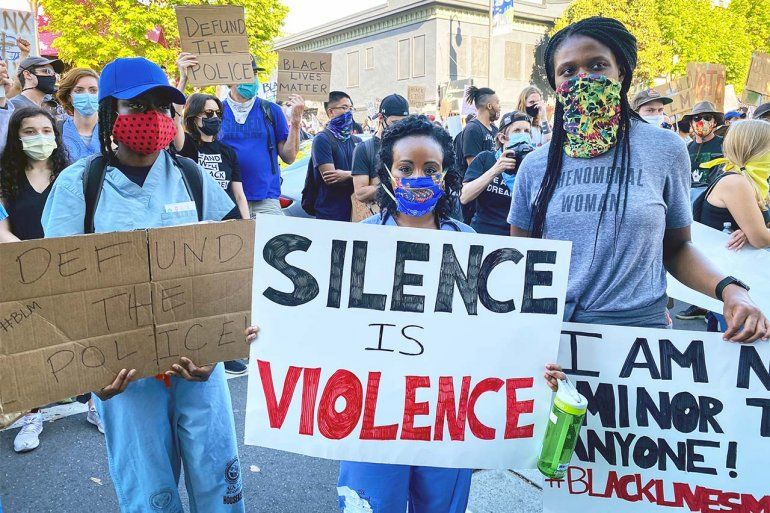
About 10,000 people gathered in June for a Black Lives Matter march that began in San Francisco’s Mission District.
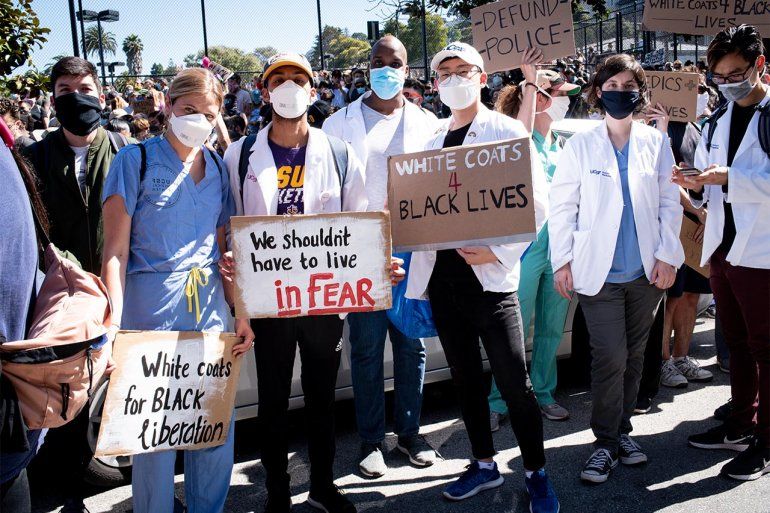
Members of UCSF’s White Coats for Black Lives chapter joined the protest in the Mission District. Photos: Barbara Ries
“Some of the ways we make change to structural issues is through demonstration and protest,” says Bibbins-Domingo. “You can’t use public health as a way to mute people’s rights to protest.”
McLemore urges people worried about the health implications of protests to also consider the perspectives of the demonstrators.
“If you’re more likely to be shot by the police, the calculus that you use to weigh whether or not you would be out in a pandemic is different than, say, if you have no perceived risk,” McLemore says. “If you are already overexposed because of your occupation, it may not be that big of a deal for you to be re-exposed. That’s different than me at home for 10 weeks in my house, where I can shelter in place and get all my work done. Risk is not equitably shared.”
White Coats for Black Lives
Many doctors, nurses, and medical students across the U.S. have gathered to protest police brutality and the racism that fuels it. Though they’ve showed up in rising numbers recently, the White Coats for Black Lives movement started more than five years ago – and UCSF medical students helped found it.
This spring, Fatuma-Ayaan Rinderknecht and Aminta Kouyate, second-year medical students at UCSF and co-founders of the UC Berkeley-UCSF Joint Medical Program’s chapter of White Coats for Black Lives, helped organize a June 6 rally that drew hundreds of health care workers. They called for the political, criminal justice, education, and health care systems to launch and enforce anti-racist policies. Rinderknecht and other students at the UCSF School of Medicine have also been asking the school to expand and improve the anti-racism components of the curriculum.
“I’m Black and I’m the child of immigrants, and I came to medicine with a social justice focus, hoping to relieve health inequities that I had seen firsthand,” Rinderknecht says. “We [at White Coats for Black Lives] are really interested in dismantling the systemic racism that exists, especially in medicine.”
Health disparities aside, Rinderknecht says racism in medicine manifests itself in many ways. Issues range from physicians who don’t believe patients of color when they report pain symptoms to barriers that low-income students face when they apply to medical school – an endeavor that can cost as much as $10,000 for fees and interview travel.
We’re at a bit of a boiling point right now. It feels like we don’t have a choice. It won’t stop unless we go out and try and make a change.”
Rinderknecht notes that racism and inequality – and public demonstrations in response to these problems – have been going on for many years, but several factors have converged in this summer’s protests.
“These killings have continued to happen,” she says. “People are in quarantine. People have been losing their jobs. People have been sick and dying. There’s a lot of want for change. That’s why maybe this has gotten so much momentum this time – because we’re at a bit of a boiling point right now. It feels like we don’t have a choice. It won’t stop unless we go out and try and make a change.”
Since May, more than 1,200 public health and infectious disease experts – including about a dozen UCSF faculty members – have signed an open letter urging police to stop using tear gas against protesters because it causes coughing and other symptoms that can spread COVID-19. The Do No Harm Coalition, a Bay Area-based group seeking structural changes to address health disparities, also educates medical professionals who want to support street medicine at demonstrations. Rupa Marya, MD, an associate professor of medicine at UCSF and the faculty director of Do No Harm, says the group’s last online training drew more than 4,000 people from across the country.
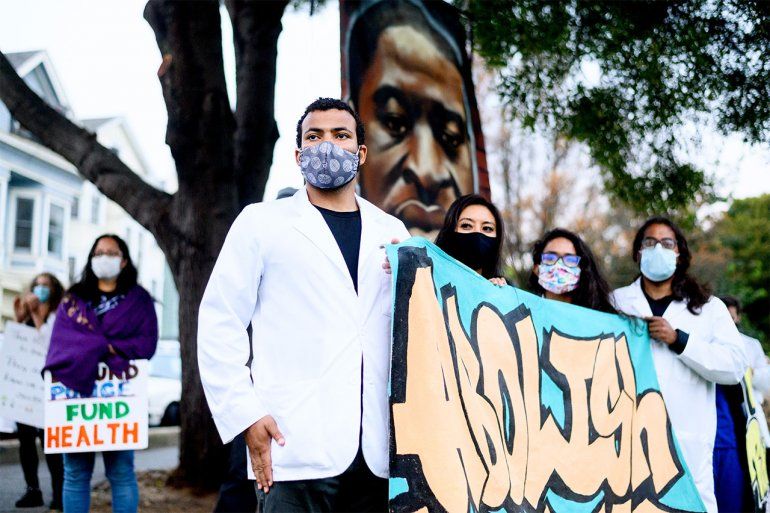
UCSF nursing students rally against police violence during a “Bridging the Bay for Black Lives” protest in June.

First-year neuroscience student Ellery Jones speaks during a rally at UCSF Mission Bay. Photos: Noah Berger
Eric Smith, a fourth-year medical student at UCSF, volunteered as a street medic during an Oakland protest in late May, when police used tear gas on demonstrators. Some people started to cough and panic as tears and mucus streamed down their faces. Smith and his roommate – shielded by goggles and bandannas – ran up to them to help wash off the chemicals and ease the pain.
“A lot of it is just connecting with somebody and saying, ‘I know what’s happening. I’m here,’” Smith says. “It’s the least I could do.”
For Smith, showing up for the recent Black Lives Matter protests didn’t feel optional. His great-great-grandmother was a slave. Growing up, he saw how systemic inequality threatened the health and well-being of his friends and family.
“Black people are just so sick and tired of being considered second-class citizens,” Smith says. “Black and brown folks are suffering the brunt of the pandemic. Despite the theoretical risks of exposing themselves to COVID at these protests, they’re still out there.
“Because when you’re out there, you feel the love. You feel the community. There’s pain. There’s anger. There’s also love, and there’s hope in it.”
Turning point
While UCSF and countless other organizations have made public statements in support of dismantling racism and inequality, it’s been difficult for many people in the health field to predict exactly what will change moving forward.

Courtney Broussard, a senior surgical technician, poses after giving a speech at a peaceful protest held at UCSF Mission Bay in June. Photo: Maurice Ramirez
Renee Navarro, MD ’86, PharmD, UCSF’s vice chancellor of diversity and outreach, has called attention to some of UCSF’s ongoing efforts to challenge racism and inequality, which include training thousands of people on unconscious bias, microaggressions, and how to support anti-racist efforts. In early June, UCSF Chancellor Sam Hawgood, MBBS, announced that his cabinet would work on a campus-level response to structural racism affecting the UCSF community and launch a new task force to review UCSF’s practices and policies around campus safety.
Rinderknecht is optimistic about the changes that she’s seen corporations, governments, and universities announce. The Joint Medical Program chapter of White Coats for Black Lives recently received a $60,000 grant to create a new initiative that will help premed students from underrepresented backgrounds get into medical school. The initiative will feature mentors to help students navigate the application process and stipends to cover related expenses.
Smith had more mixed feelings about what to expect in the coming months and years.
“This is the biggest thing I’ve ever seen in my generation, but I’m 28. I was born when they beat Rodney King,” he says. “It seems to me that more people are paying attention. But the truth is, the status quo is working for some people.”
To truly address inequality in communities, McLemore believes the nation needs to elect politicians with a commitment to overhauling unjust policies and supporting the least advantaged people.
“We don’t have policies that support the removal or the reduction of health disparities,” she says. “Until we have that, I don’t see things changing.”
For many people who work on racial health disparities, the COVID-19 crisis – and all the inequalities it has laid bare – seems like it might be a turning point. But which way will we turn?
While the pandemic has drawn attention to long-standing problems, Bibbins-Domingo says, that attention doesn’t necessarily translate to lasting change. She worries that the country’s current momentum around confronting racism and structural inequality might fade over time.
But she also sees potential in how COVID-19 has impacted everyone, regardless of their wealth or privilege. While those effects are in no way equal, the threat of a rapidly spreading virus has helped people understand how we are all connected.
“In some ways, the pandemic itself makes me hopeful that things will change,” Bibbins-Domingo says. “The way I survived in the pandemic is probably the way a lot of people did. I had my food delivered.
“But if we can’t figure out how those people who are producing our food, delivering our groceries – how they’re safe? Then we cannot actually be safe anymore.”
